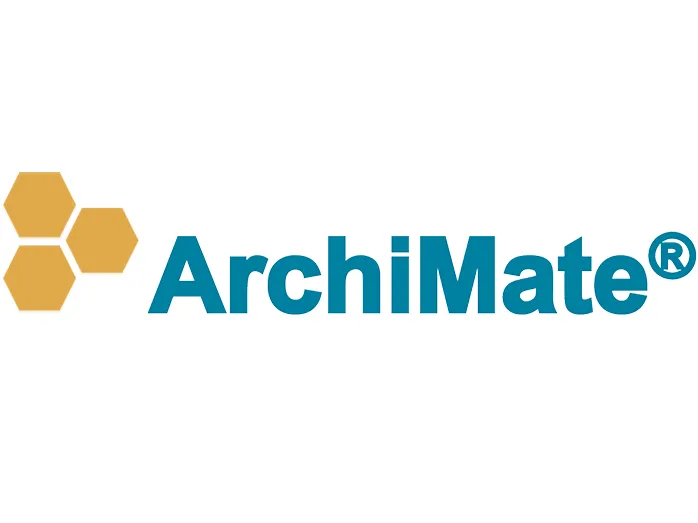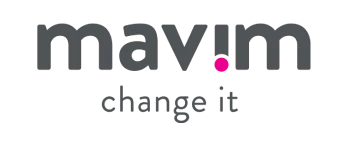
Visualizations for Business Users
A huge part of any Enterprise Architect’s work is about communication: simply making complex things clear to all stakeholders. Visualizations get it done. Whether starting from scratch or working with what’s already there, Mavim can help you map and model the flows of work and resources around your organization – no matter how many times the paths cross.
- Data presented as easy-to-follow visuals
- Use standard objects to build custom models
- See the effects of change everywhere
Metadata & Archimate® 3.0
EA isn’t always a technical discipline, but many EAs have technical smarts. That’s why Mavim supports Archimate®, The Open Group's open and independent modelling language for enterprise architecture with all its notation, metas, and architectural models.
- Model your ideas in a recognized language
- Import and export models to and from elsewhere
- Take advantage of the most widely-known EA tool


Customer Journey Mapping
Modeling the enterprise is a dynamic job, more about how resources move around than where they stay in one place – including how they touch the outside world of suppliers and customers. Mavim gives you the ability to model and visualize customer journeys of all kinds and link them to business processes, job functions, and technology infrastructure that support them.
- Include customer journeys in your EA ambitions
- Focus all decisionmaking on how it empowers the customer
- Match your modeling to customer strategy
One Central Visio Repository
It may be the job most people groan at, but documentation and instructions are the difference between a model or process that gets used, and one that gets ignored or sidelined. Mavim provides easy-to-use storage for all your models and documentation, making it easier for stakeholders to communicate and collaborate across silos.
- Documentation held in context with models and processes
- A single source of information for resources and instructions
- Complex models stored as normal Visio files

Mavim can help you in your role
As a leader in financial operations, it is your job to balance cost structure with operational risks and controls with the aim of creating a lean, cost-efficient organization
As an operations leader, you need to ensure your organization is maximizing customer value while limiting the costs it takes to deliver that value.
As an IT leader, you are faced with the challenge of investing in innovations to help your organization grow while reducing unnecessary IT spend and headcount.




